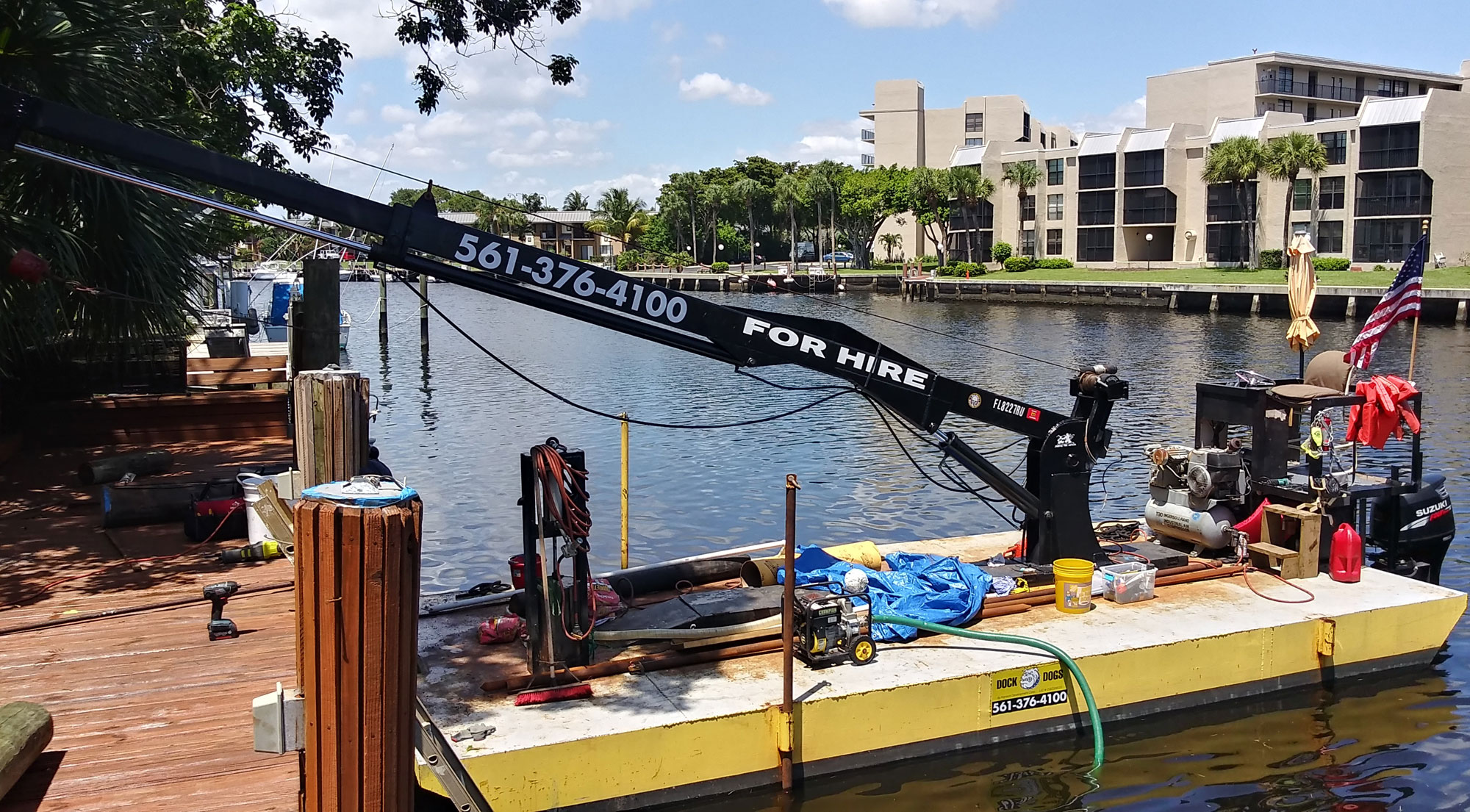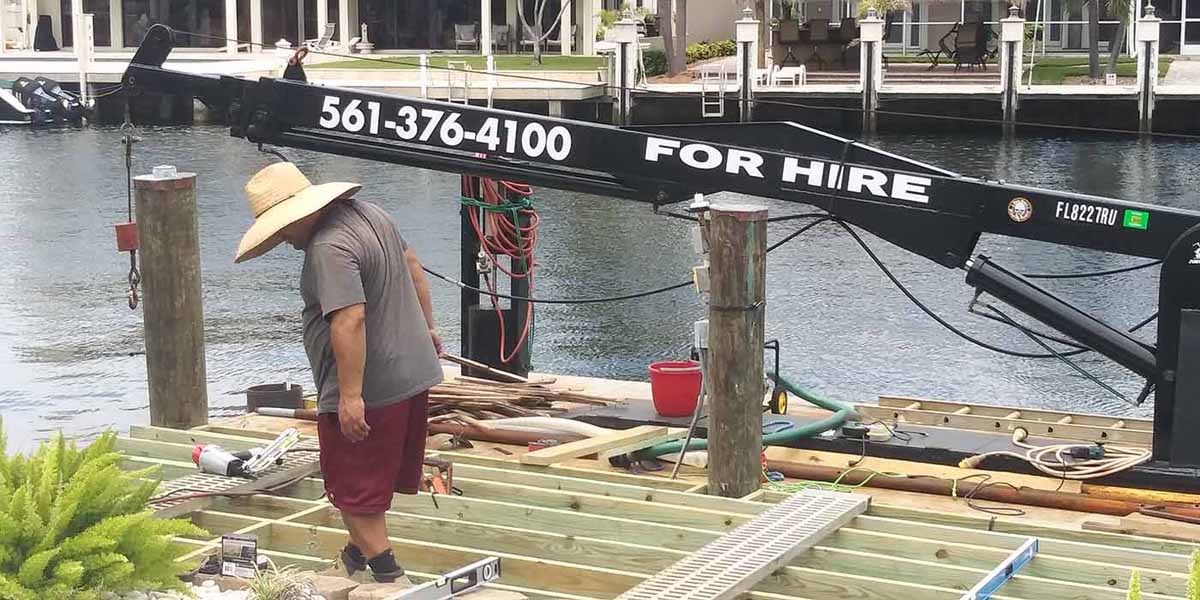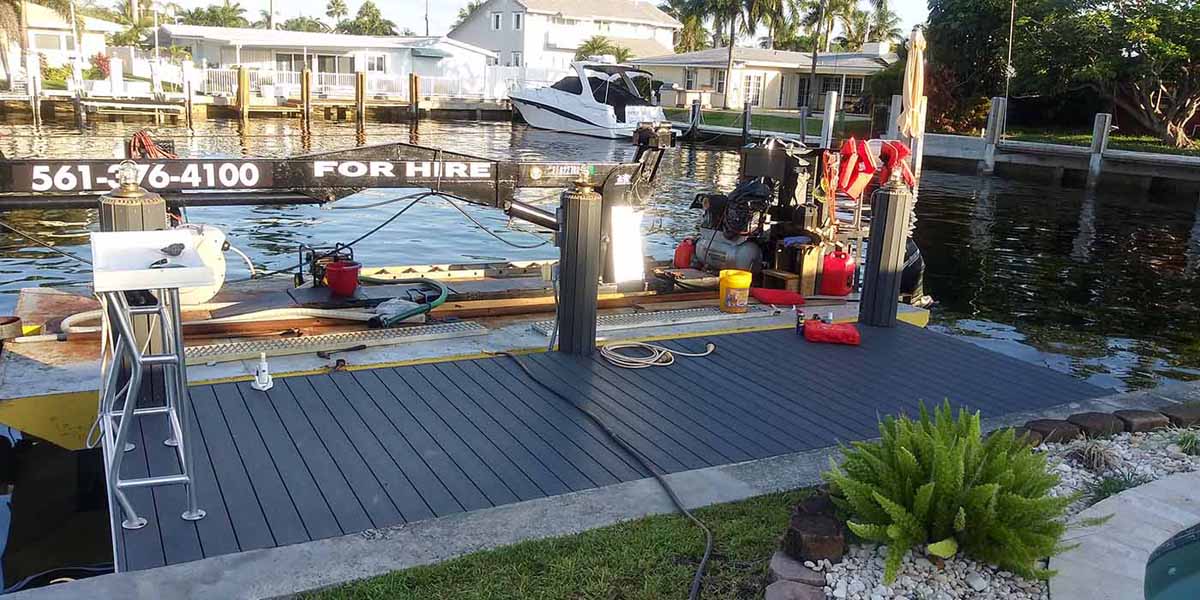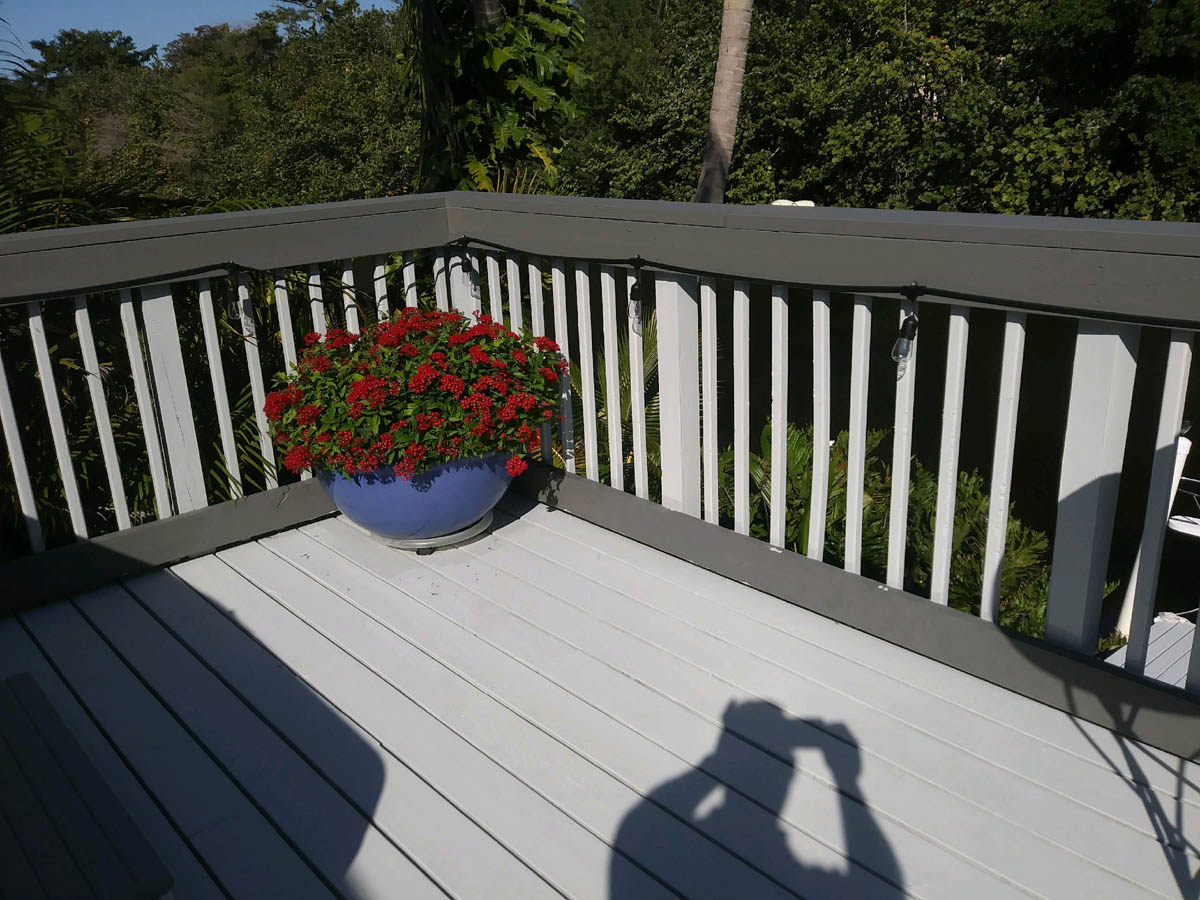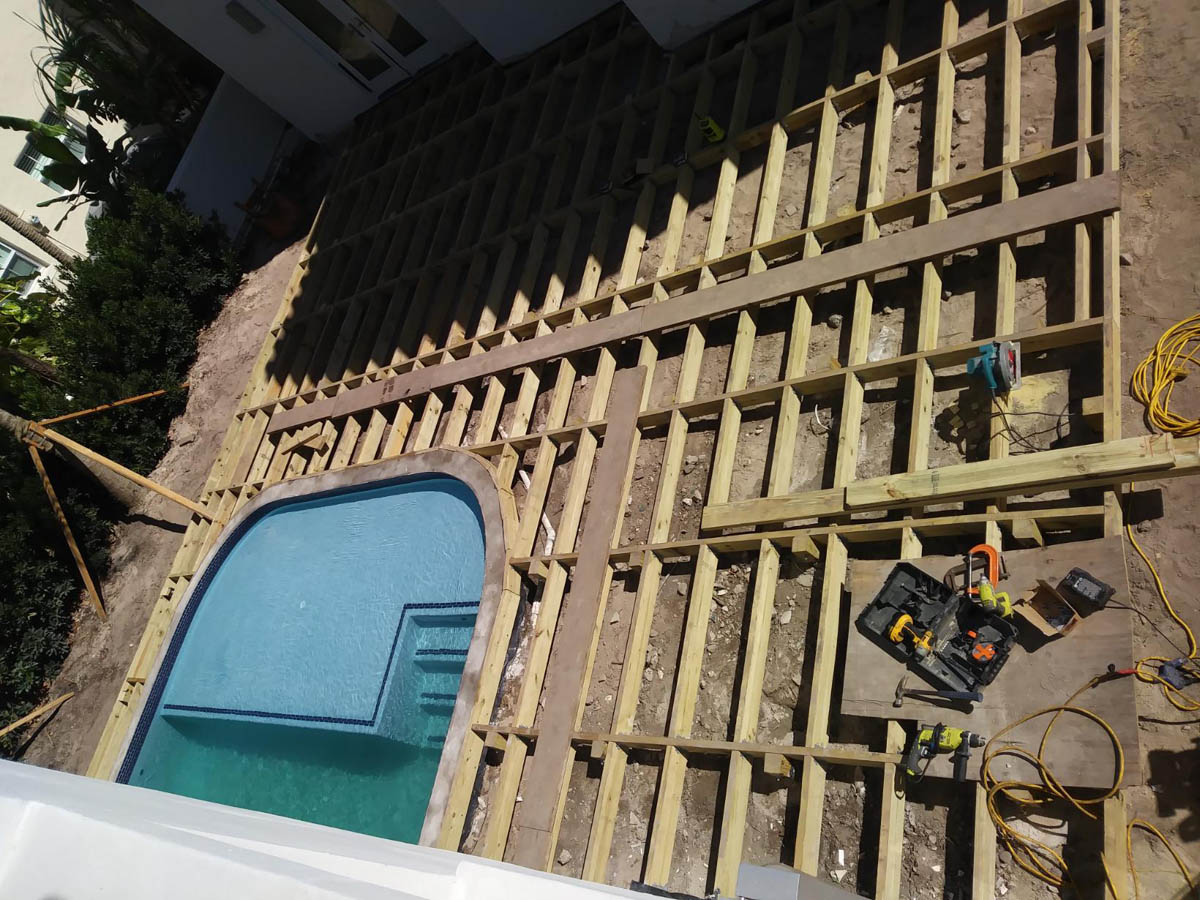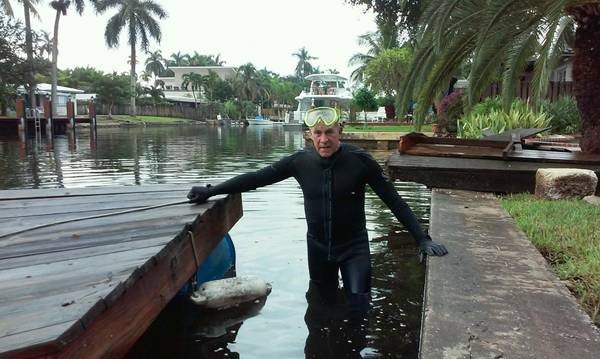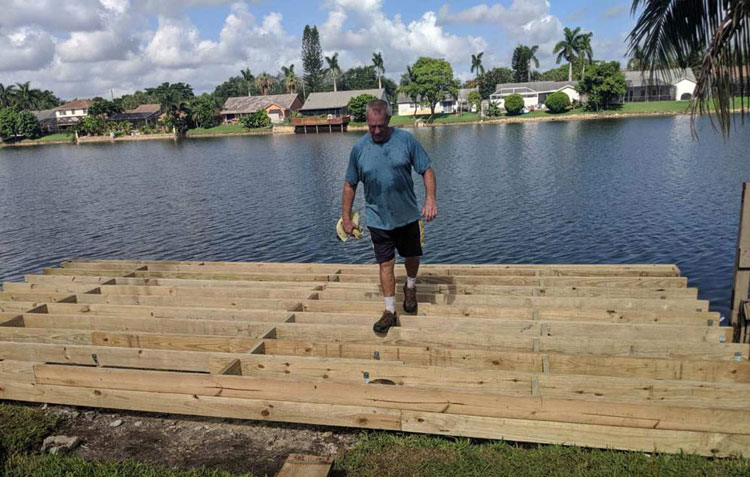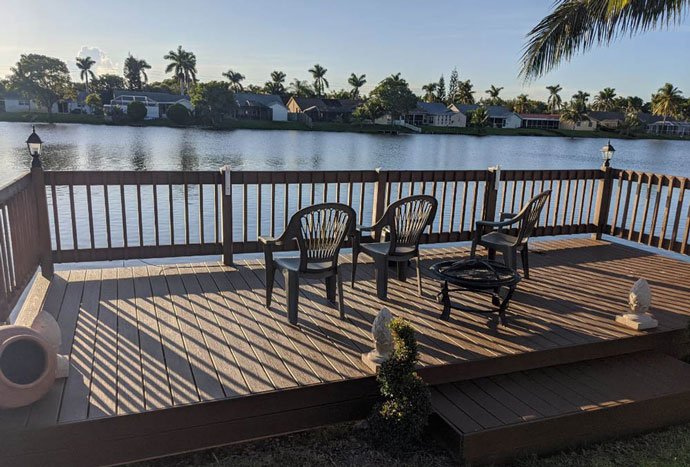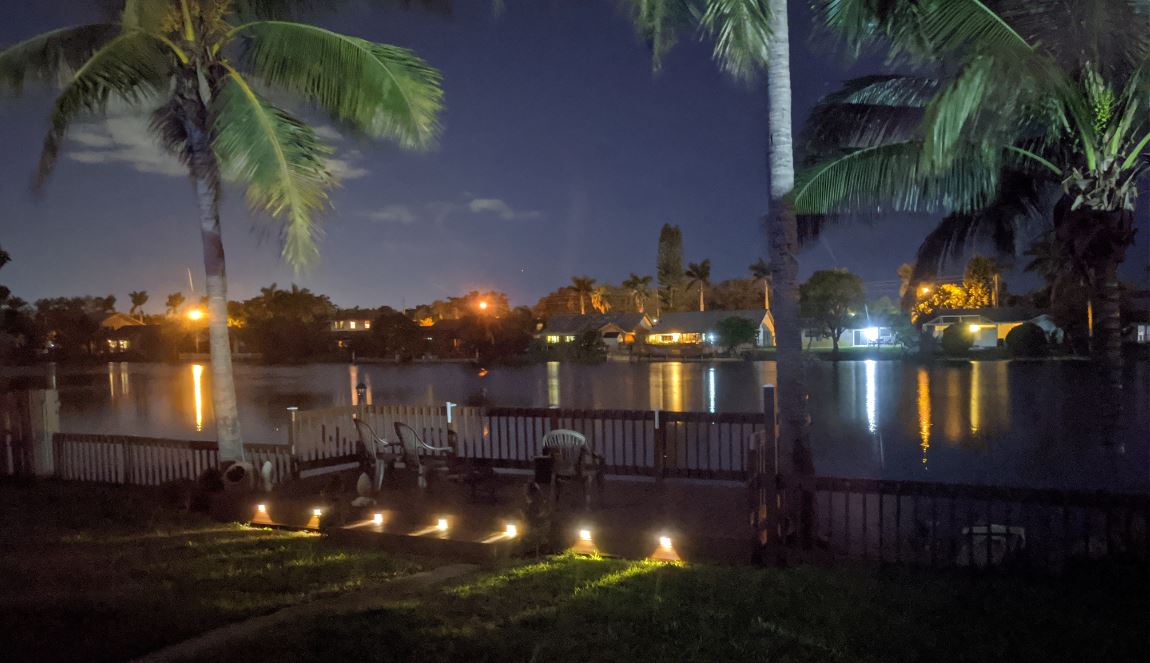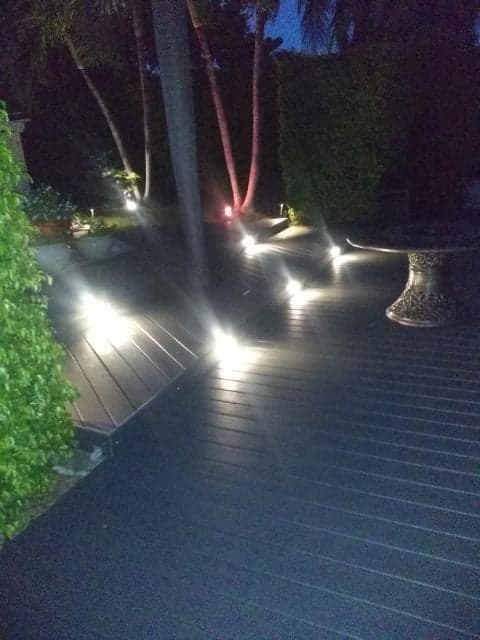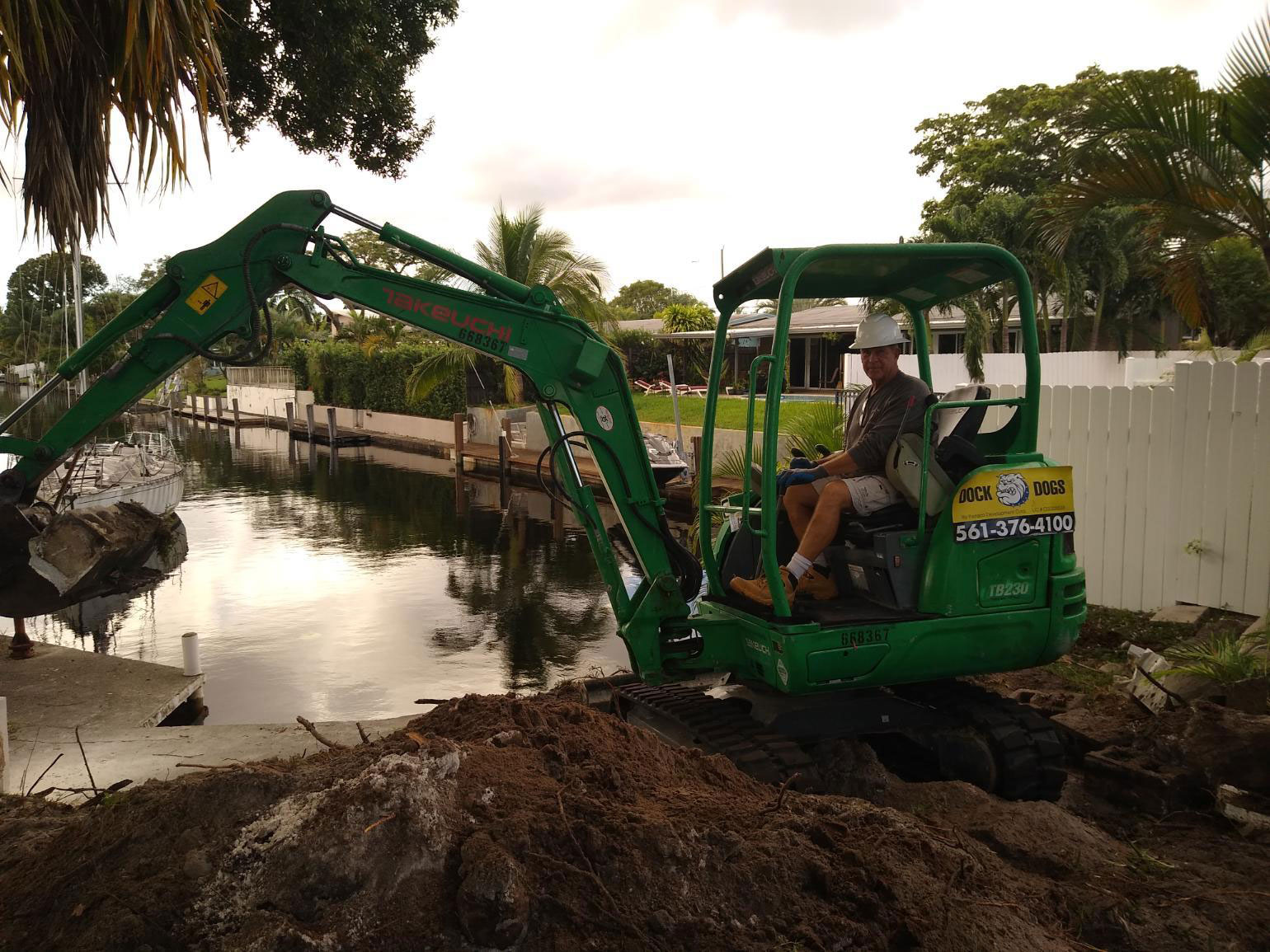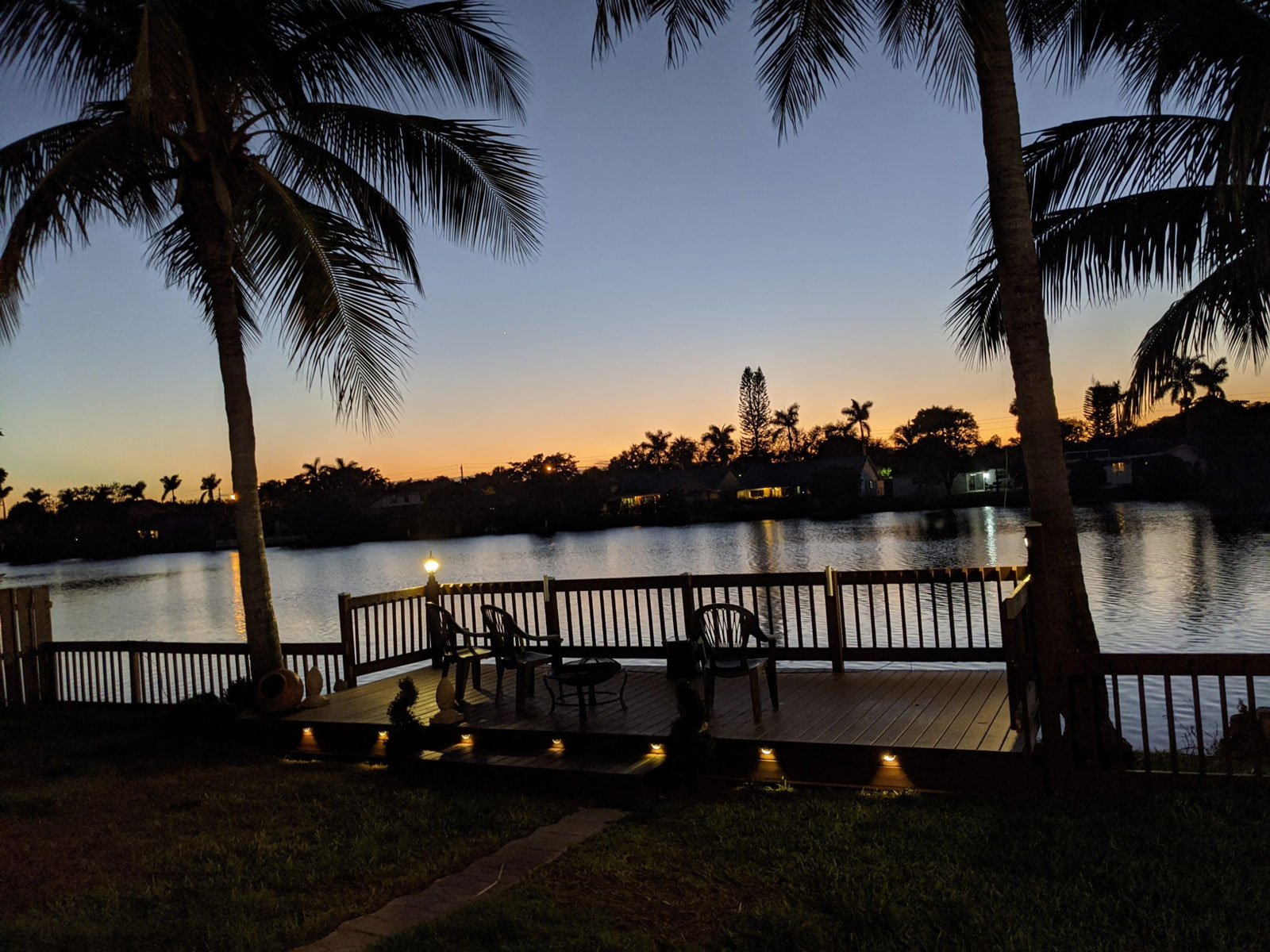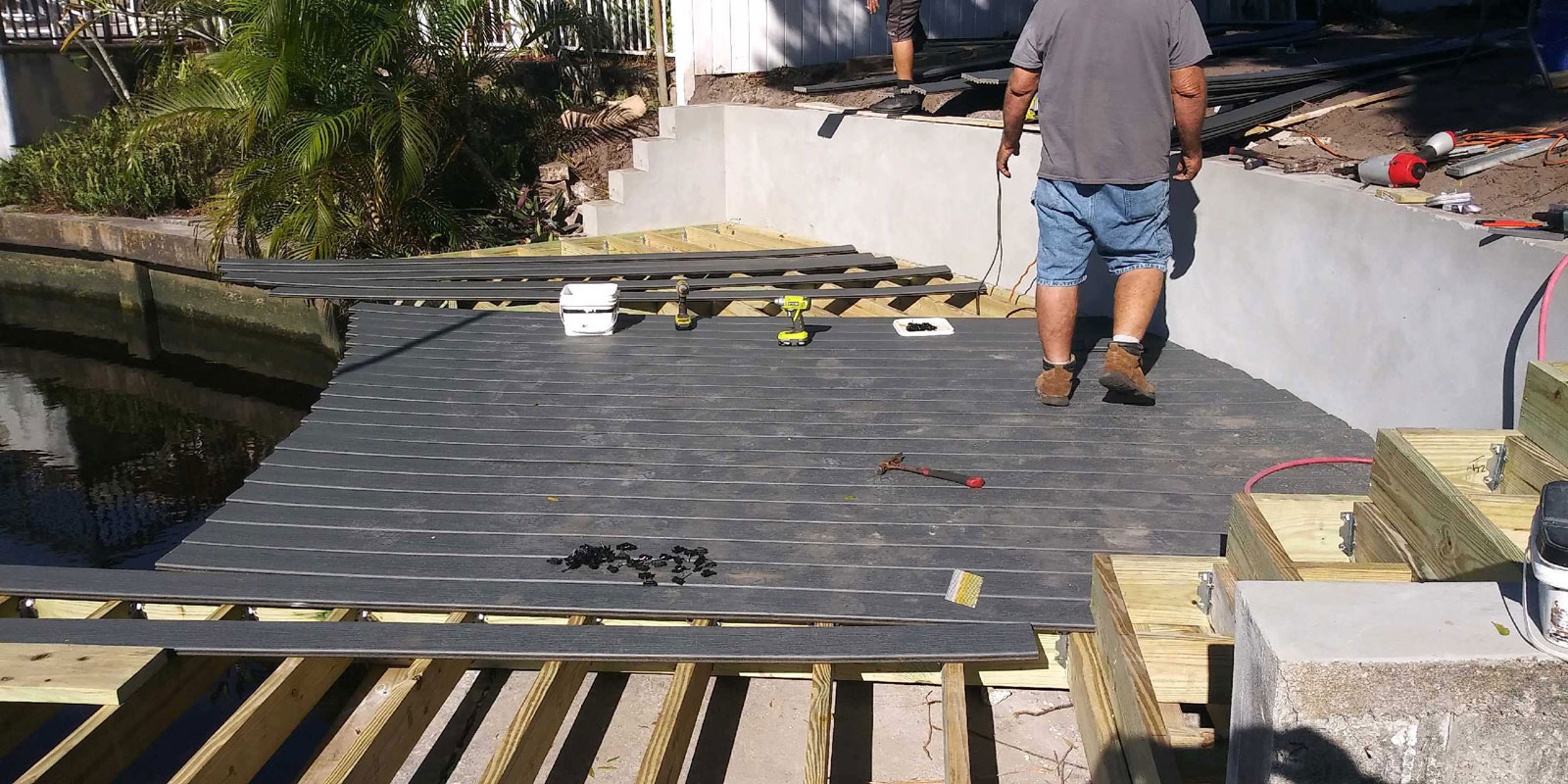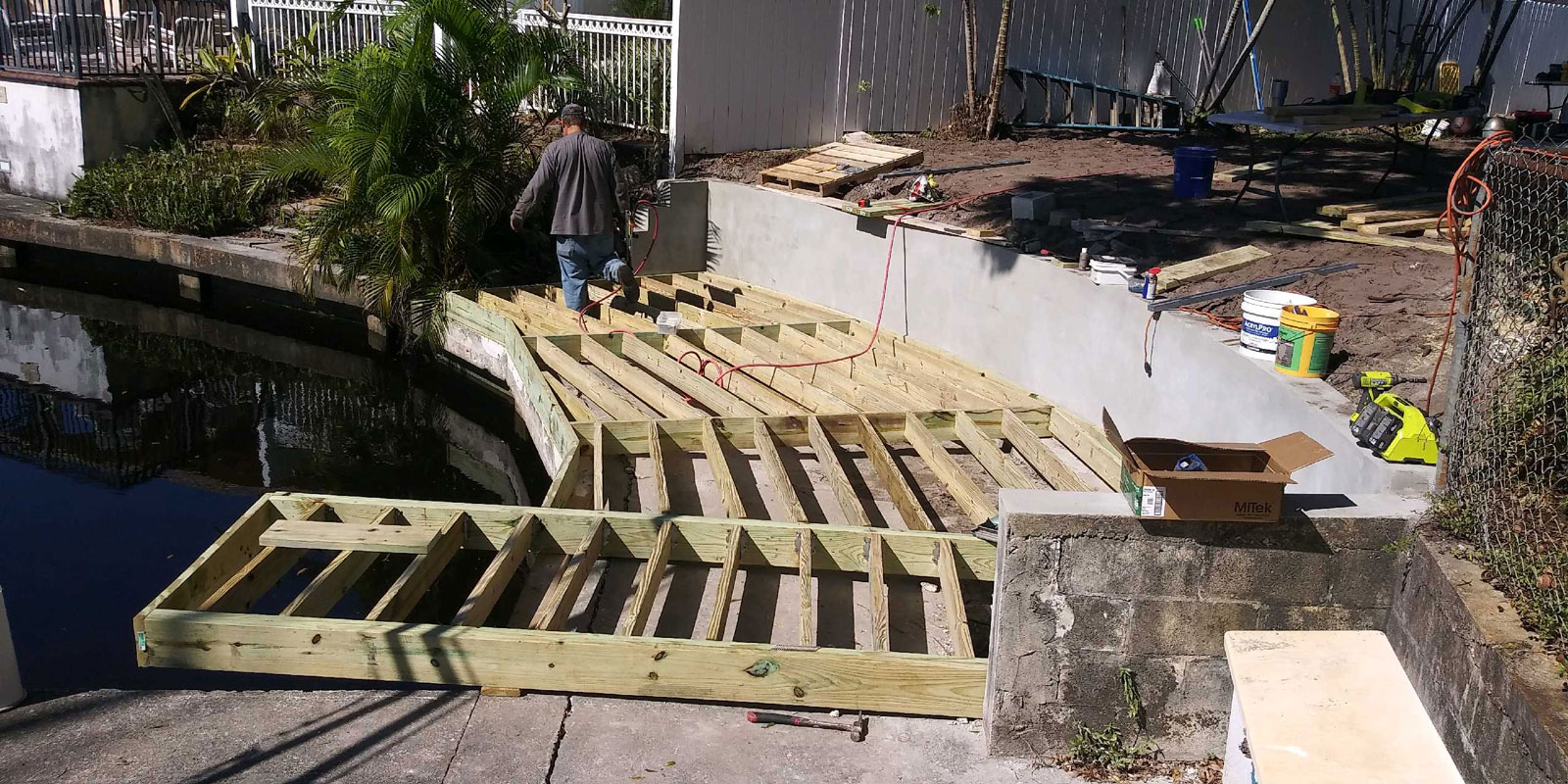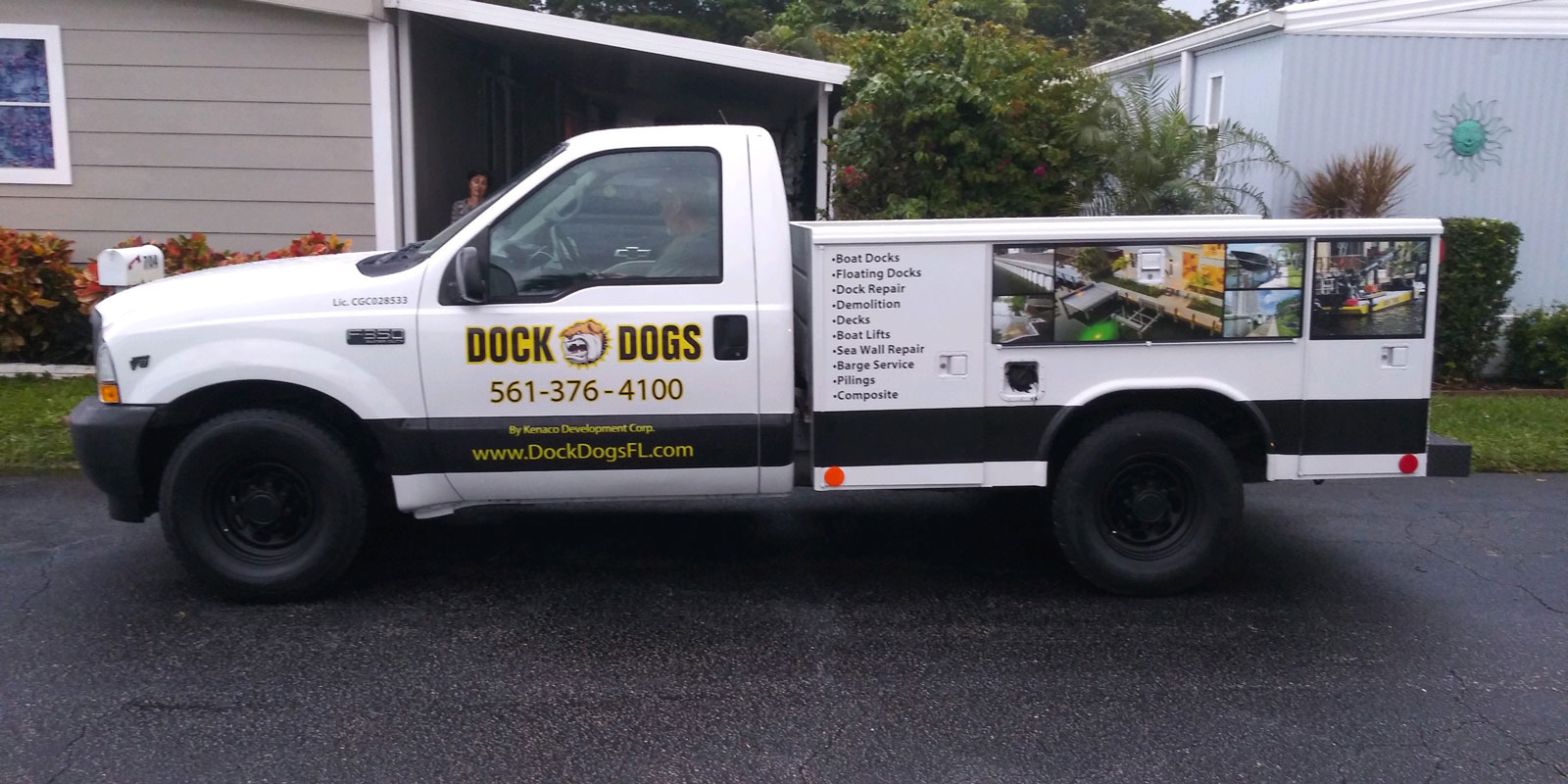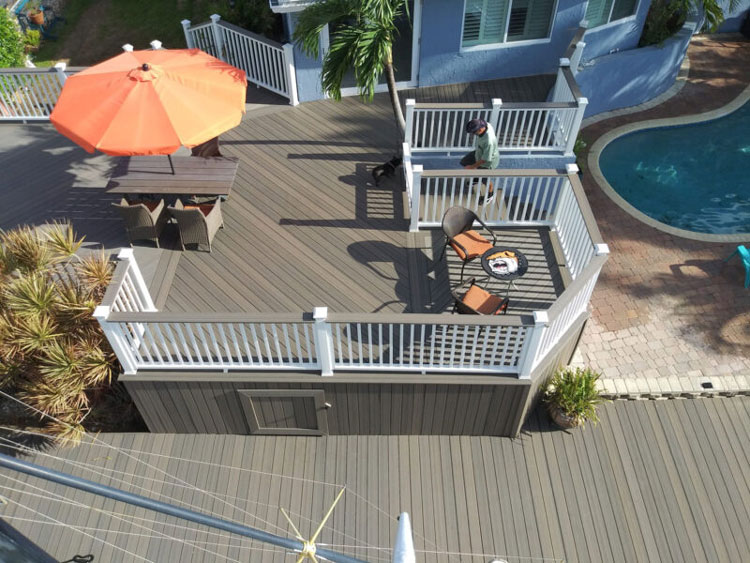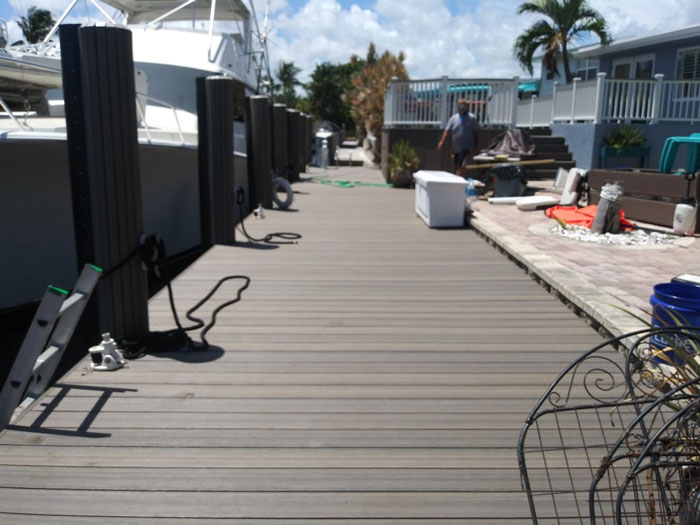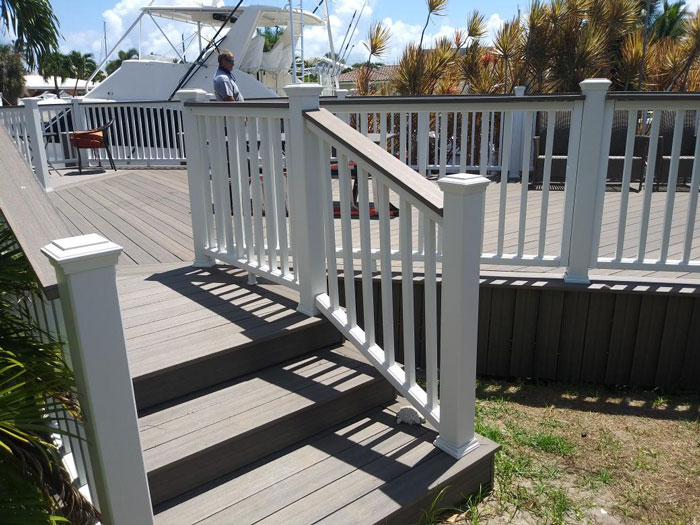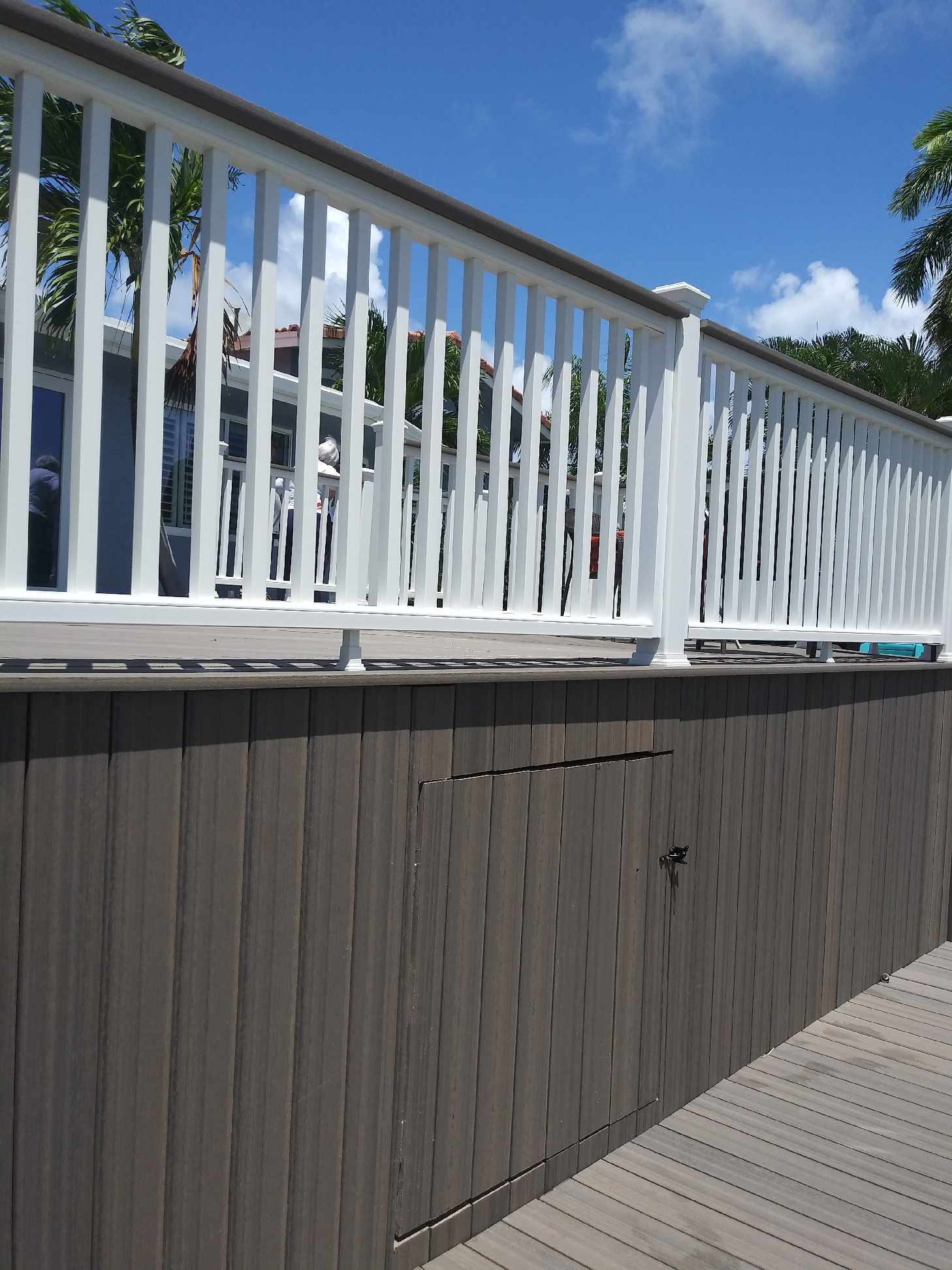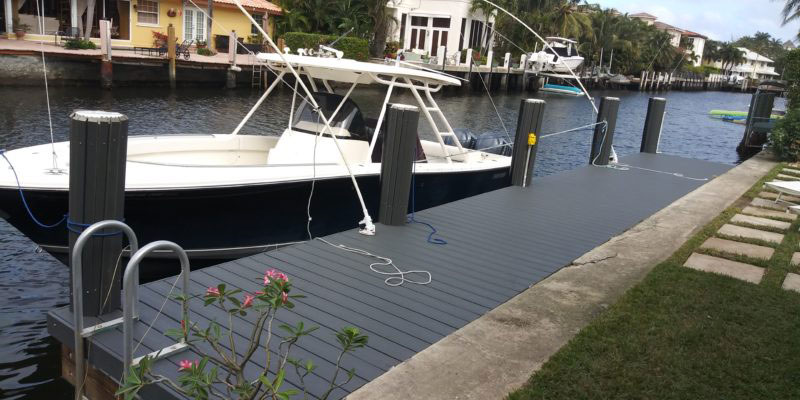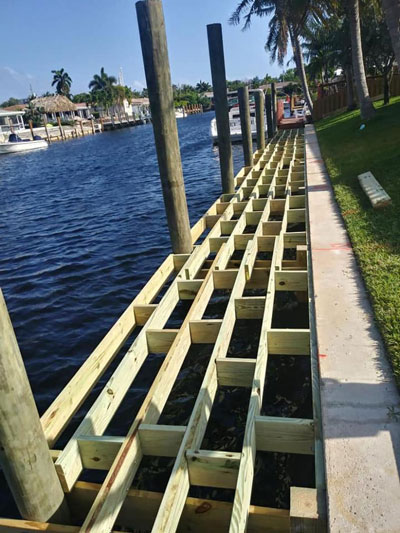

*Barge Service *Docks
*PVC or Wood Pilings
*Raise Seawalls *Decks
*Floating Docks *Repairs
Barry Cell (561)376-4100
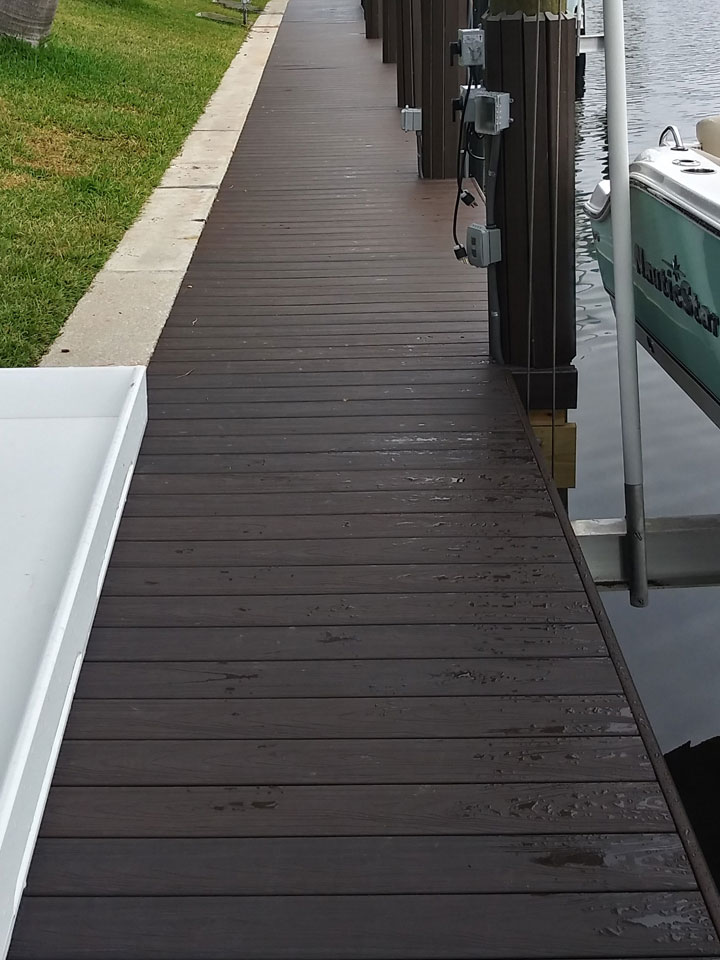
How Much Does it Cost to Build a Dock?
A standard dock is put together by laying or installing pilings into the ground at a minimum of every 10 feet with a frame that is attached to it. Docks usually are made of either pressure-treated lumber or composite material which lasts longer and doesn’t require staining. The price of a dock ranges from $25 to $50 per square foot. Labor costs can vary greatly depending on several variables, which is why the cost range is so broad. The lake floor or ocean floor can have coral or hard rock which will make the labor much harder. The access for a boat or barge to enter the water is also a variable, if there is no access for a boat, the job will be much harder. If you live in an area that is prone to hurricanes like Florida, longer pilings will be needed to sustain the heavy winds and sea-level changes.
Dock Piling Installation
Dock pilings are the only support structures keeping you dry and provide security on your dock. They are expensive and cumbersome to replace, so it’s important to preserve their lifespan as long as possible. Pier Protector is necessary to counteract disrepair in wooden pilings as they suffer from elemental wear and the presence of waterborne, boring organisms that dig into the wood. If not dealt with, dock pilings will continue to erode until they collapse. Our system targets the 4 most impacted zones. The Atmospheric, Splash, Tidal, and Submerged are highly susceptible to damage by the elements & woodborers. These are the zones that can create unstable docks. Primarily focusing on the highest damage zones makes installation easier, freeing you from having to rent heavy machinery needed to complete service below the high damage zones, which only accounts for 25% of the dock piling and is free from many of deficiencies seen in the exposed areas. This durable, yet cost effective system can be used with multiple timber piling styles, round and square. It can also work for new or existing installations and can be installed in any temperature or environment. Pier Protector is easy to install with simple instructions to guide you every step of the way. The combination of shrink-wrap with the impervious outer surface will destroy any organism that may have already infested the piling, preventing the woodborers from reaching the wood surface and will eliminate the infestation in the future. The end product keeps your pilings protected from elements while also giving a streamlined design that will continue to look sleek for decades after installation.
Experienced and
Creative Builders
We Care About
the Details
Customer Satisfaction
Guaranteed
Boca Raton, Florida
Barry: (561) 376-4100
Hours
Open today 9:00 am – 5:00 pm
Monday – Saturday: 9am – 5pm
Sunday: Closed
LICENSES & INSURANCE
State of Florida Department of Business and Professional Regulation (jpg)
Kenaco General Contractors License (jpg)
Certificate of Liability Insurance (jpg)
Local Business Tax Receipt (jpg)
Better Business Bureau Rating (pdf)
State of Florida Department of State (pdf)
State of Florida Dept of Financial Services Division of Workers Compensation (jpg)
SunBiz.org Division of Corporations
Services: Docks, Pillings, Seawall’s, Barge Service, Decks or Marine Construction
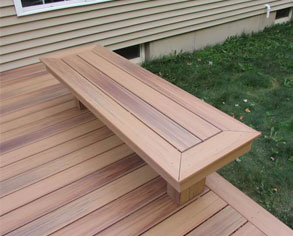
Composite Wood

Composite Decking


